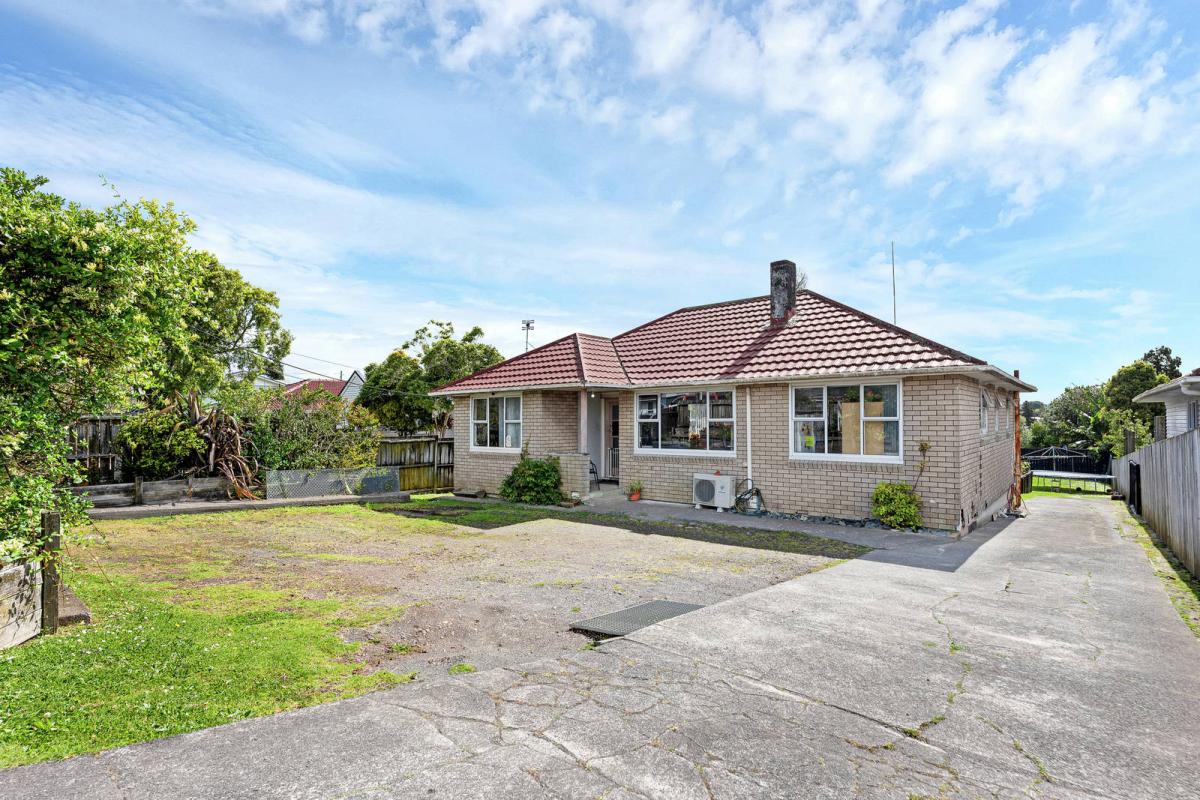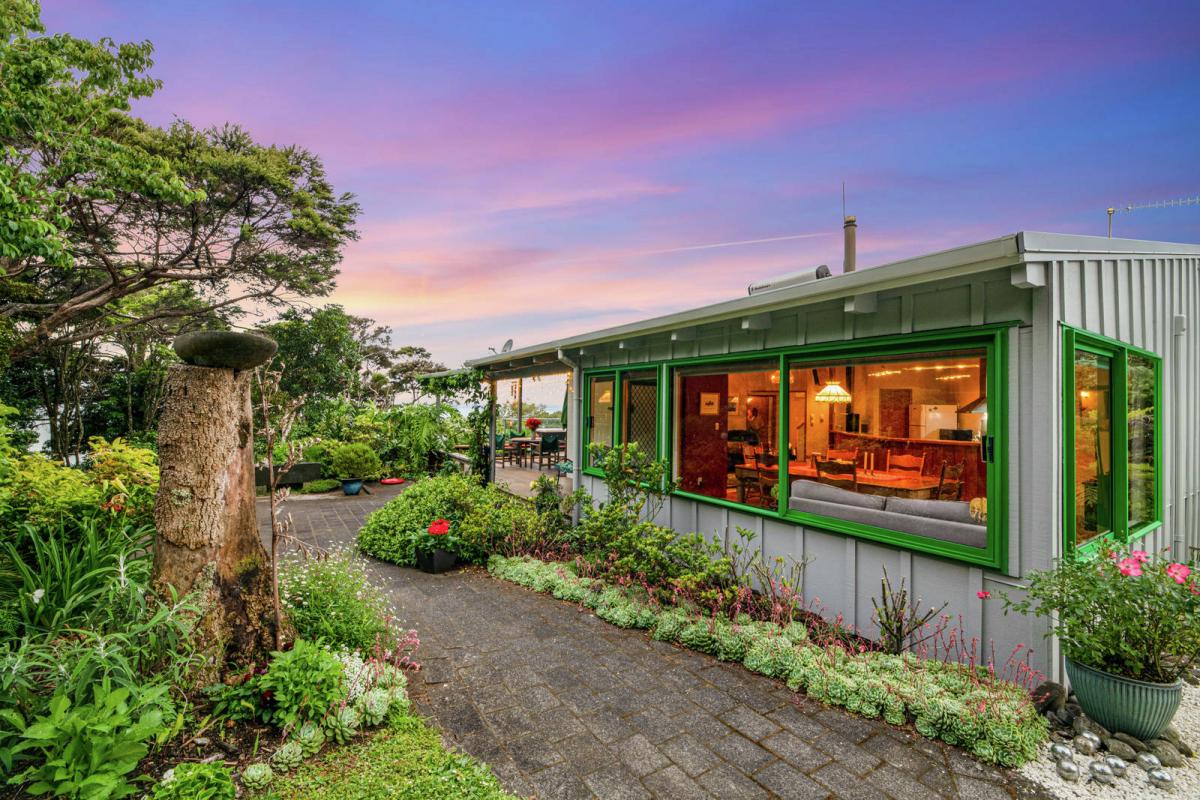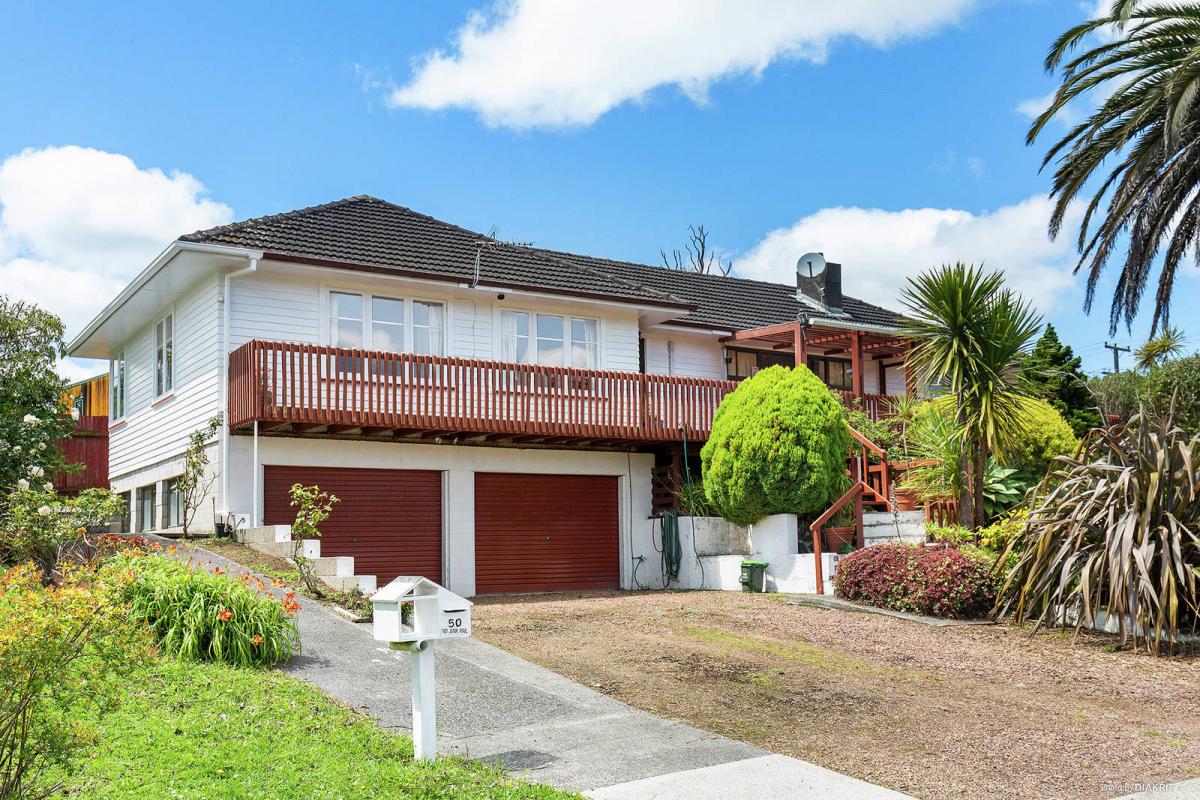New multi-billion dollar village planned for Ōwairaka Mt Albert
Plans have been launched for a new multi-billion-dollar Auckland "village within a city, an urban kāinga" of 40 new apartment buildings with more than 3000 units on land within the established suburb of Ōwairaka Mt Albert.
Paul Majurey, Marutūāhu chairman, has announced a scheme with Ockham Residential for the newly-created, newly-named suburb, Maungārongo beside Unitec and the old Carrington Hospital.
The Marutūāhu-Ockham Partnership plans work in the next 20 years within the larger Te Auaunga Precinct: nearly 40ha around the ex-hospital and neighbouring university being developed by three rōpū - Marutūāhu, Waiohua-Tāmaki and Ngāti Whātua Ōrakei.
Majurey said the almost 11ha share of Marutūāhu land would bring new mixed-use buildings to the established Ōwairaka Mt Albert community.
"It's a staged development, a 10 to 15-year project which in time will have over 3000 homes across 40 buildings. It's a village within a city, an urban kāinga," said Majurey, also chairman of Eke Panuku Development Auckland.
Mayor Wayne Brown has called for Majurey and all Eke Panuku board members to resign.
Marutūāhu has master planning under way on the 10.5ha it has been allocated but hasn't released plans for all 40 buildings yet.
To begin, it will work at the Point Chevalier end of the site near the historic brick ex-hospital building, developing four new apartment buildings up to 10 levels high and with around 280 units. Those first four buildings will be developed on around 1ha of the 10.5ha rōpū site.
"Our allocation is nearly 11ha, a strip about 200m wide which begins beside Point Chevalier village and continues for 800m along Carrington Rd up towards Mt Albert/Ōwairaka," Majurey said.
Marutūāhu had given the planned village the name Maungārongo: "There are layers to its meaning of peace. It is an etymological nod to the famous Tūpuna Maunga of Tāmaki Makaurau," Majurey said.
Master planning for other planned projects are for a " metro supermarket, medical centre, creche, 24-hour gym, swimming pool, cafes, restaurants, commercial spaces, co-working offices, playgrounds, recreational spaces, community gardens", Toi's brochure says.
Toi [meaning art and knowledge] is a proposed 65-unit seven-level building with studio, one, two and three-bedroom places with commercial ground-level spaces including for food and beverage operations. The partnership has now begun marketing pre-sales there.
"We appreciate we're launching in a soft market," Majurey said of Auckland residential prices, dropping since the market peaked last November.
Studio units in Toi start at $530,000 and begin at $960,000 for a three-bedroom place but the aim is for them to be affordable, he said. The site will have cycleways and walkways, with some car parking in screened areas. Two-bedrooms start at $730,000.
"We don't want thoroughfares in terms of internal roads," Majurey said.
Ockham's Mark Todd said Toi's construction was scheduled to start next July and be finished 16 months later. That first building was designed by architect Hannah Chiaroni-Clarke and Majurey said the architecture would reflect te ao Māori including art, design and culture.
"This project is our contribution to an Aotearoa aesthetic," Chiaroni-Clarke said, "a reimagining of what multi-density housing can look like."
Majurey said: "The inspiration for Toi was from Hotunui", referring to the great wharenui of Ngāti Mauru/Marutūāhu inside Tāmaki Paenga Hira Auckland War Memorial Museum.
Exterior colours and design features on the four planned apartment buildings pay homage to growth and use phases of the harakeke plant:
• Mid-green new shoot phase for the first apartment block, Toi;
• Dark purple and red for the second 10-level building, representing the kakau and korari, the stalk and flower of the stem of the harakeke;
• Darker green for the more mature growth phase or awhi rito, the parent, in the third nine-level building;
• Silvery green representing the woven phase of the tūpuna or older leaves for the fourth seven-level block.
Housing Minister Megan Woods was at the opening of the partnership's new Waterview building last year.
Kōkihi is a 95-apartment scheme, the second by the Pākehā/Māori collaboration which is developing 541 affordable new units in four blocks, worth $300m and many KiwiBuild properties.
Woods said last year that Kōkihi was delivered ahead of schedule and an example of how to do great development.
"Exemplary developments" from the partnership completed were the already-opened Tuatahi in Mt Albert and now Kōkihi, "instantly recognisable with their brick facades and motifs and the next two will be equally impressive", she said of the under-construction Aroha at 1817 Great North Rd, Avondale and Manaaki at 9 Jordan Ave, Onehunga.
"We've taken seven houses and created 95 new apartments. There are 95 new apartments on land where seven houses once stood and it's 10km from the CBD, on cycleways, bus routes," Woods said last winter, emphasising the new uses of Auckland land with intensive housing models.
Ngāti Whātua Ōrākei's investment arm is also planning its first 38 homes at the Carrington/Unitec site.
Ngāti Whātua Ōrākei Whai Rawa's property general manager Neil Donnelly said last month: "We're weeks away from applying for resource consent for the first 38 on the southern part of the site near Woodward Rd. It will be all terraced housing. We'd plan to start building next year."
The Ministry of Housing and Urban Development says of the 39.7ha site: "The project is a large-scale urban development led by the three Tāmaki Makaurau rōpū of Marutūāhu, Ngāti Whātua and Waiohua-Tāmaki and their project partners. It is being facilitated by the Crown via Te Tūāpapa Kura Kāinga the Ministry of Housing and Urban Development."
In 2018, Prime Minister Jacinda Ardern announced the development at Unitec's Te Noho Kotahitanga Marae in her Mt Albert electorate, saying the mix of affordable and open-market housing would include parks, shops and a new school.
===================================================
Retire in comfort and security
Premium care just meters away form our village. Join our caring community, where passion thrives. Trust Terrace Kennedy House for exceptional care and meaningful connections.

The tiger who came to tea
Trays are such a useful item to have in the home – they are obviously great for serving food and drinks, particularly breakfast in bed! Find out how to create your own with Resene wallpaper and Resene Colorwood wood stain with these easy step by step instructions.

Avondale’s Hidden Sanctuary
The Rosehill Gardens villas, apartments and community centre are nestled in a landscaped environment creating a hidden gem and a quiet sanctuary where Avondale’s shopping strip is within an easy walk and LynnMall is a short drive.
Independent retirement living at Rosehill Gardens enables you to be physically and socially active, live independently for longer, enjoy the beauty of the garden surroundings and tranquillity of the quiet environment.
As a bonus, Rosehill Gardens are offering free move-in gifts for you to choose when you purchase a villa, apartment or studio (terms and conditions apply).

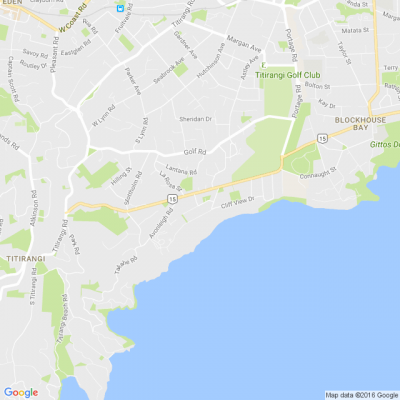
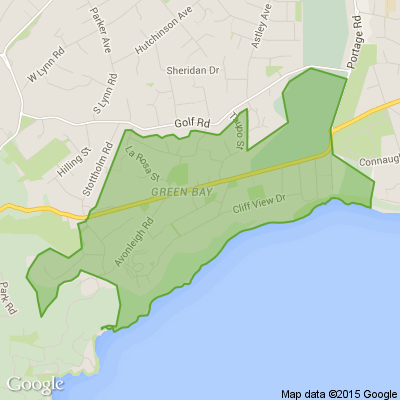
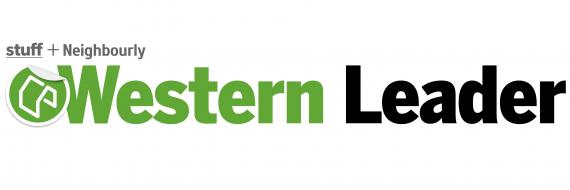

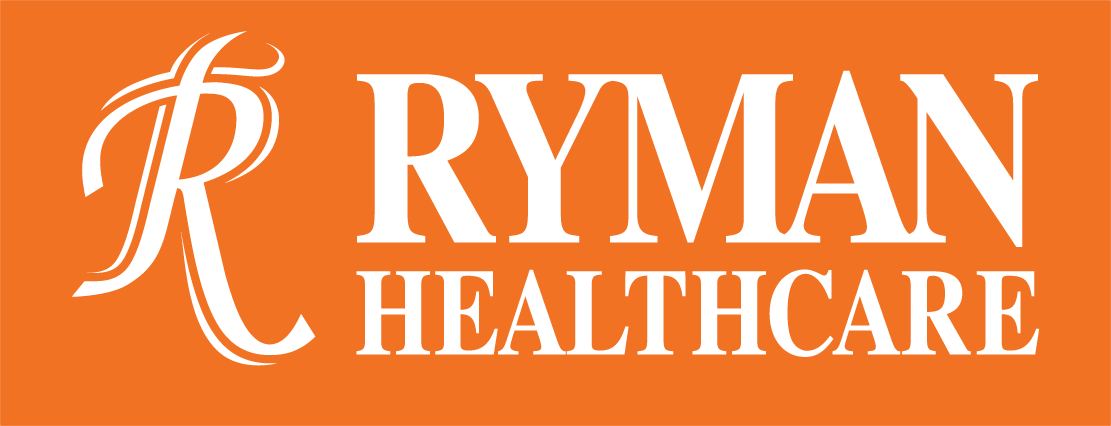





 Loading…
Loading…